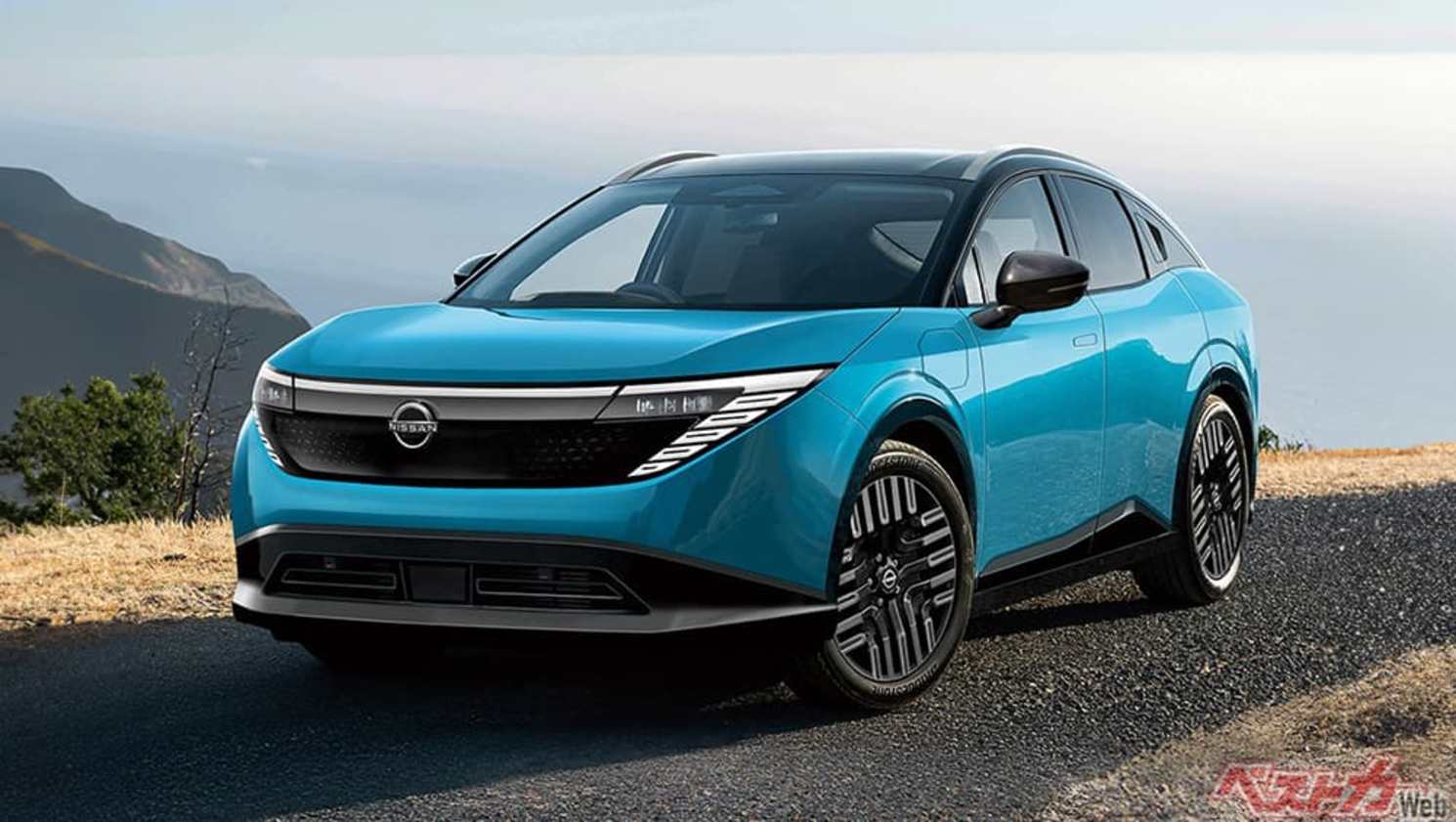Nissan’s new Leaf is going through a massive transformation.
The little electric hatchback set Nissan’s EV agenda, but it was never the best looking or most practical electric car out there.
After 15 years on sale that is all about to change.
Nissan is preparing a third generation of the Leaf, which is expected to be revealed later this year before arriving in showrooms sometime in 2026.
It’s ditching its hatchback shape for a more contemporary compact SUV design.
Japanese outlet BestCar, which is known for its sources in the local car industry, has given us a glimpse of what the new Leaf could look like with some fresh digital renders.
The front end looks thoroughly modern and similar to the Chill Out concept from several years ago.
There are sharp arrowhead LED headlights connected by a light bar that runs the length of the bonnet.

A slender closed top grille wears a small Nissan badge and body coloured elements create a break between the top and rear grilles.
The biggest talking point is the sloping roof, which gives the SUV a coupe-like silhouette, that is the height of an SUV at the moment.
The Leaf will be built on the same platform as the Nissan Ariya and Renault Megane E-Tech. This means it is likely to use a 60kWh battery that delivers a driving range of about 450km and a single 160kW/300Nm electric motor.
It is also expected that the Leaf should continue with the current version’s vehicle-to-grid and vehicle-to-home features.
This allows owners to power their home with the vehicle or send energy back to the grid to earn money.
Currently only Mitsubishi and Nissan’s electric cars and plug-in hybrids have this ability, but more are expected to follow soon as the practice becomes more widespread.
The Leaf also holds the key to the brand’s success in Australia.
Nissan will need an array of electric cars to help it avoid any penalties levelled at it by the federal government’s New Vehicle Efficiency Standard (NVES).
NVES penalises carmakers $100 for every gram of CO2 each car they sells emits over a certain threshold. This threshold gets lower every year until 2030.
Carmakers can offset sales of high-polluting vehicles with sales of electric cars and plug-in hybrids.
Nissan currently sells a lot of Patrol 4WDs and Navara utes and doesn’t have quite as many hybrid options as rivals, so it needs EVs fast.
Nissan Australia boss Andrew Humberstone told CarsGuide last year the brand would have 11 new vehicle launches before March 2027, which would see nearly the entire range revitalised to take on fresh challenges.
The Leaf is one of those, as is the Ariya mid-size electric SUV.





.jpg)

.jpg)
.jpg)

.jpg)


.jpg)




.jpg)
.jpg)
.jpg)
.jpg)
_0.jpg)


 (1).jpg)


.jpg)
